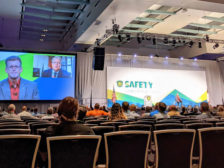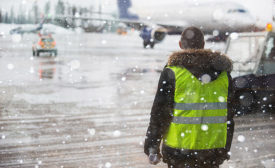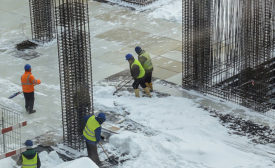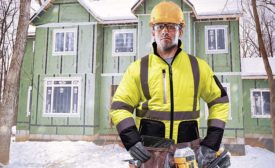Home » Keywords: » extreme weather safety
Items Tagged with 'extreme weather safety'
ARTICLES
Cover Story
8 steps to a winning heat safety plan
Together, 30 experts create actionable solutions to reduce injuries
July 12, 2022
Winter weather tips
Consider layers and properly insulated PPE to brave the cold
December 4, 2020
Become a Leader in Safety Culture
Build your knowledge with ISHN, covering key safety, health and industrial hygiene news, products, and trends.
JOIN TODAYCopyright ©2025. All Rights Reserved BNP Media.
Design, CMS, Hosting & Web Development :: ePublishing









